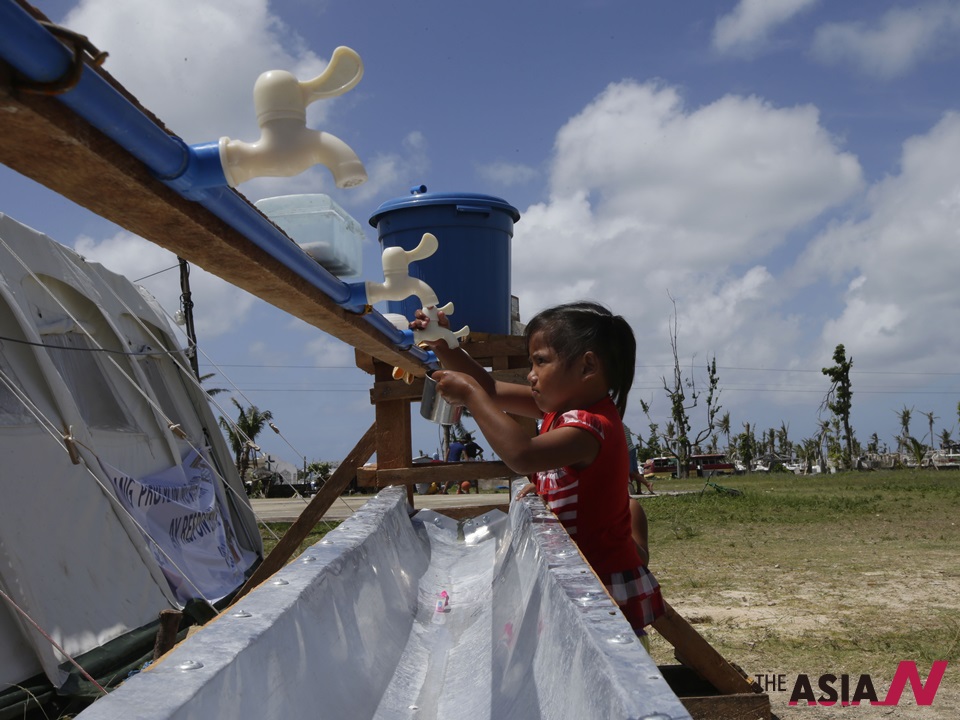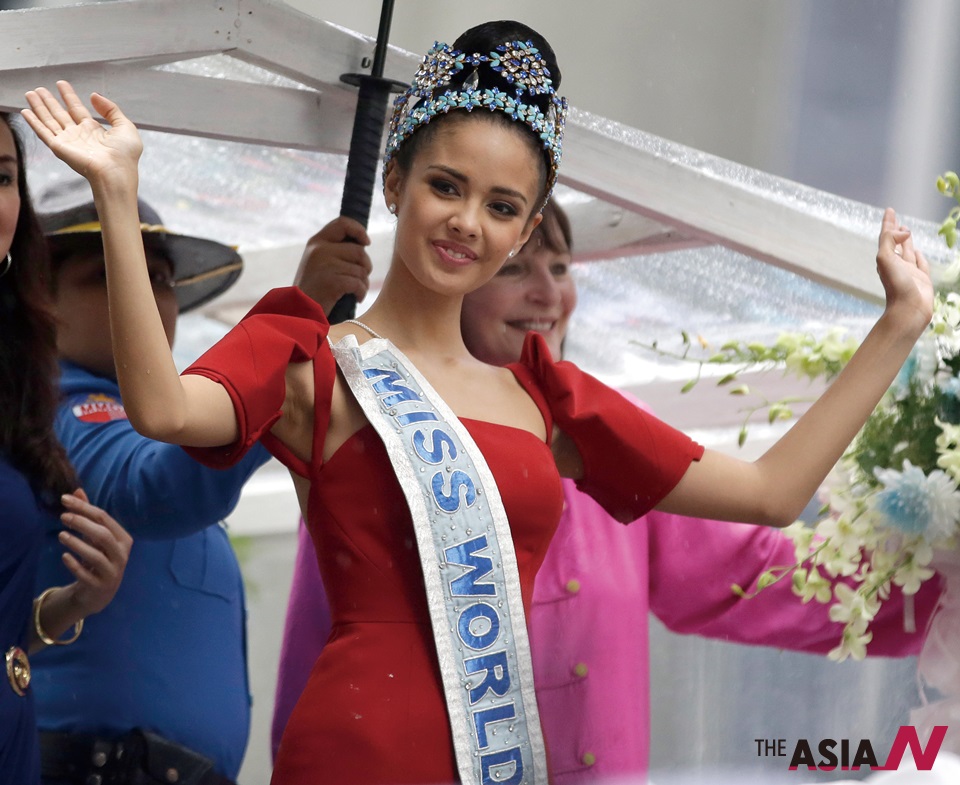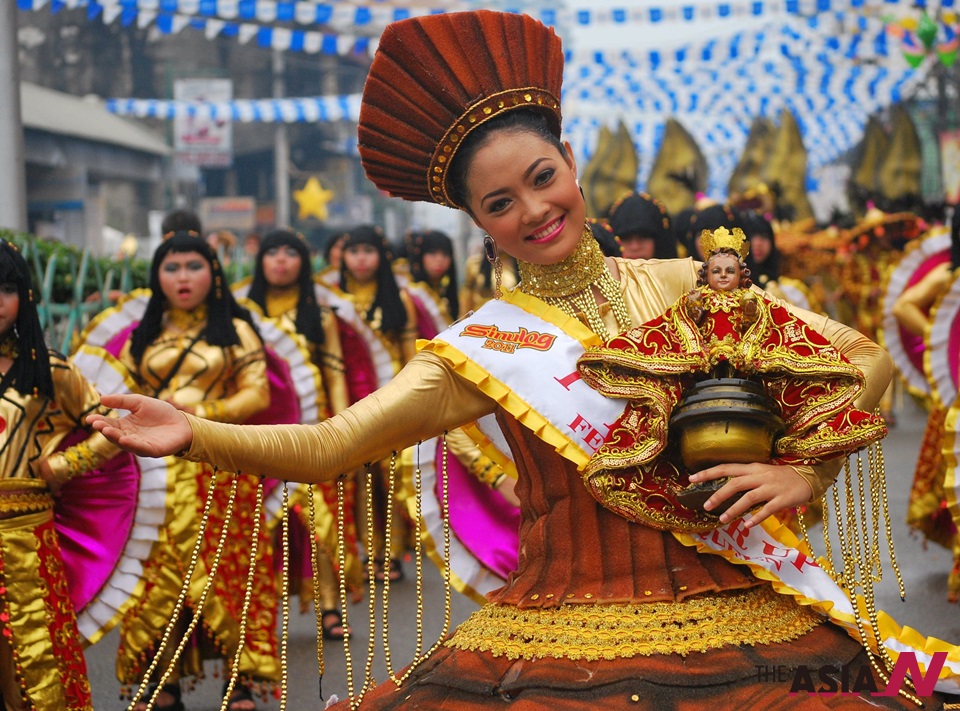
More fun in the Philippines
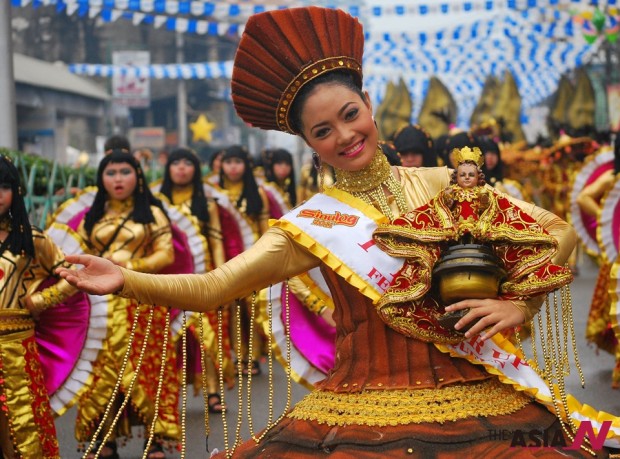
Enjoy Boracay, El Nido, Maskara, Moriones, and more
Filipinos are indeed a blessed people, and one of the reasons is their geography and climate being a tropical country. The seasons are generally divided into three: the hot season from March to May, the rainy season that runs from June to November and the “cold” season between December and February. Of course, “cold” is a relative term since the coldest weather here would just be like a cool summer night in Europe.
For those who live a life travelling to new places or simply want a break and to take that much needed vacation, the weather is a prime consideration for any travel plans. Luckily, the summer season is the perfect time to visit the Philippines. So what are you waiting for? The Philippine tourism department has proclaimed, “It’s more fun in the Philippines!” Let me tell you why.
Take your pick in the more than 7,100 islands, and you will soon find out there is one for every need, dream or taste. Trust me, you will never run out of fun ideas and new things to do for every island that you visit. But without a doubt, the beaches of the Philippines are on the top of almost everyone’s list.
The month of March ushers in the start of the deluge of tourists and returning Filipinos (balikbayans). Coming from all nations and mostly Caucasians, the main agenda is usually to bathe in the glorious sun by the sea. And we do not lack either of these. That tan line is one of the most precious souvenirs for many visitors, especially those flocking to the world-renown Boracay beach in Aklan province. The splashing waves, the fine sands, the clear seas and the blue skies – nothing gets in the way of enjoyment here. Then add the sumptuous seafood and the tranquility of the summer moonrise that complete the perfect get-away.
Then there is Palawan. Here, a week-long stay is not enough to explore the beaches of El Nido, the rock formations in Coron, the incomparable dive sites in Tubataha Reef and mangroves around Puerto Prinsesa City, which boast of several firefly boat rides during the night. Of course, one must not miss the Underground River tour, which was judged as one of the New 7 Wonders of Nature last 2012.
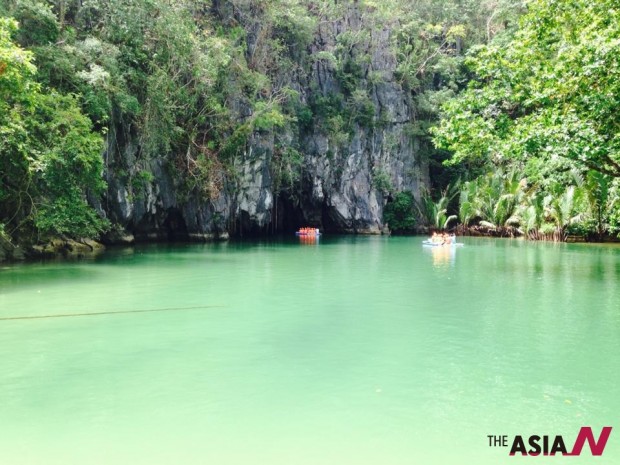
Festivals galore
For those longing for a more brown-oriented adventure, the island of Bohol boasts of a mountainous landscape. The beaches of Panglao here are almost as perfect as in Boracay. Plus, you get the chance to mix it up with exciting views and treks at the Chocolate Hills – about a hundred or so formations of large hills dotting the center of the island. But, the general attraction of Bohol is the close encounter with the tarsier, officially the smallest member of the monkey family which has long hands and large cute round eyes. They are only found in the Philippines, particularly in Bohol.
Then there are the dozens of festivals. Each province and region boasts of some of the most colorful and dynamic festivals, mainly influenced by the Spanish fiestas. In every festival in the Philippines, everyone is expected to just show up at the door and partake in the food. Most festivals originate from either the harvest thanksgiving or the community prayer, thanking the creators for sparing the people from disease, warfare or harm. These elements were used by the early Spanish Catholics to weave faith into the common practice of the Filipinos.
There is the Dinagyang festival in Iloilo province, an annual religious and cultural celebration in honor of the Holy Child (Santo Nino), which also highlights the indigenous culture of the Panayanons, or the original inhabitants of the island. In Bacolod, there is the MassKara festival. It comes from two words: the English word “mass,” which means crowd and the Spanish word “kara” or face. Taken together, the word “masskara” is a mask in the Filipino language. It was said that during dark and tragic times, the early Filipinos decided to hold a festival of smiles using masks with smiling faces to hide the pain and sadness of their hard times and struggles.
A major festival at the start of every year is the honoring of Child Jesus. These include the Dinagyang in Iloilo, the Sinulog in Cebu and the Ati-atihan festival in Kalibo, Aklan. There are street dances and religious processions that run for days in these towns. In all instances, the festivals give thanks to the Child Jesus and ask him to continue blessing the people.
Meanwhile, further south in Mindanao, Davao City hosts the Kadayawan, a festival of good harvest. The city literally lights up with colors from the many fruits that are abundantly displayed together with the rich and equally colorful traditional dresses and instruments of various indigenous peoples from the region.
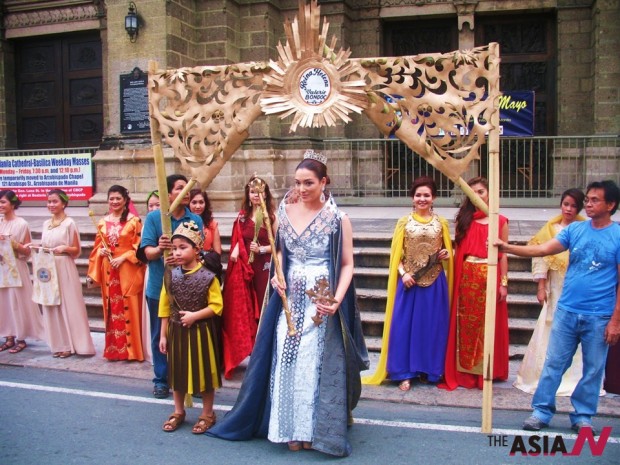
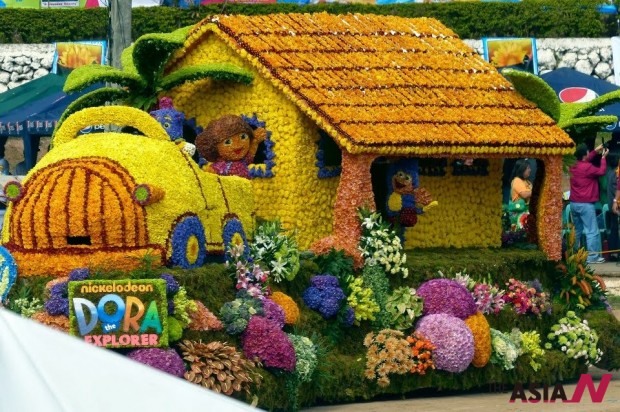
Colors up north
Baguio City is known as the “Summer Capital of the Philippines.” With its elevation of more than 1,500 meters, the climate is generally cooler than the rest of the country. The city is dotted with pine tress, and is also famous for strawberry fields, the largest botanical garden, flower farms and the indigenous culture of the Igorots from the mountains.
The Panagbenga (flower) festival showcases dozens of floats made from flowers. The festival is held in the last week of February, which is also considered the “coldest” time of the year.
There are also regional festivals that focus on the uniqueness of the area. There is the Bangus (Milkfish) festival of Dagupan City, where they usually have the longest line of people preparing grilled milkfish. They also have an annual contest of the largest bred or caught milkfish. In the nearby city of Lingayen, there is a festival called “Pista’y Dayat,” where colorful boats race each other. During the popular “Pahiyas” festival in Quezon province, people use fruits and vegetables to decorate their houses and public buildings.
As a Catholic country, the Philippines also host major religious events, and the summer time is devoted to the Lenten season. This year, the Holy Week was celebrated last April 13, or Palm Sunday, moving on to the three days of Holy Thursday, Good Friday and Black Saturday (Apr. 17-19), and finally Easter Sunday on April 20. The more popular tourist attractions include the “Moriones” Festival in Marinduque, where whole communities re-enact the passion of Christ, complete with Roman-themed costumes and hundreds of actors playing Biblical characters in life-size settings. Then there is the parade of “self-flagellants” in Pampanga, where actual people undergo crucifixions – people are nailed on wooden crosses.
The month of May literally becomes a parade of beauties. The “Santa Cruzan”(Holy Cross) is a parade of light, flowers, long-gowns and the most beautiful women in the towns and cities. The procession is a reminder of the heroism and adventures of the crusades during the dark ages or the middle ages, and their exploits to spread Christianity to the whole world. In modern times, this Spanish influence has evolved into a public parade where the most beautiful women in the town represent the queens and patrons of various kingdoms of Spain that helped spread Catholicism.
The month of May is also designated as “Flores de Mayo” or “May as the Month of Flowers.” Closely linked with Santa Cruzan, the blooming of flowers in this season is the perfect reason to adorn the arkos or portable arches used to “protect” the ladies while they are parading. The Santa Cruzan is one of the most favorite attractions that professional photographers document in the Philippines.
Of course, while on vacation in the Philippines, one must not miss the delicacies and special foods of summer. The halo-halo (literally translated as mix-mix) is a delightful combination of fruits, nuts, syrup, sugar, and beans, blended with crushed ice and topped with milk and ice cream. That is a sugar rush that tickles any dry lips to heaven.
Local fruits in the season of summer include the mangga (mango), lanzones, papaya, and pakwan. Being the harvest season, these fruits are very cheap during summer, and are a big hit to all tourists. Do not forget that these fruits are best eaten fresh from the market. You will not miss the bananas, as they are available the whole year.
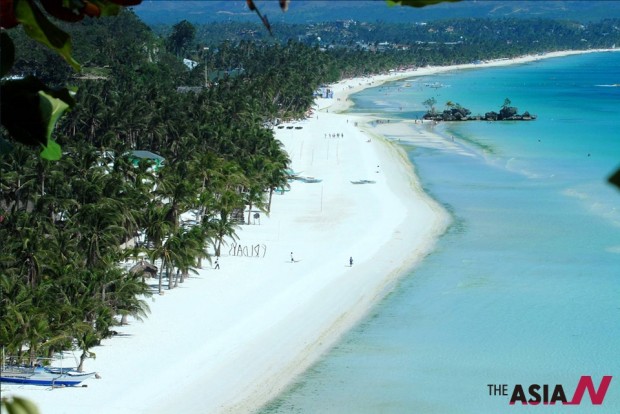
The smile is everything
At the end of the day, the most significant gift that a Filipino can give a tourist is our hospitality. We like visitors and we are a very sociable society. We smile all the time, everywhere. We smile at everyone, even at strangers, and most especially at tourists. It is just a natural act for us. We even smile during hard times, even after disasters like the earthquake and Typhoon Haiyan last year. We smile because deep inside, we are a happy people. And we know that tomorrow is always a better day.
So what are you waiting for? Get that Filipino smile. Join us this summer.
Believe me, it’s more fun in the Philippines!



